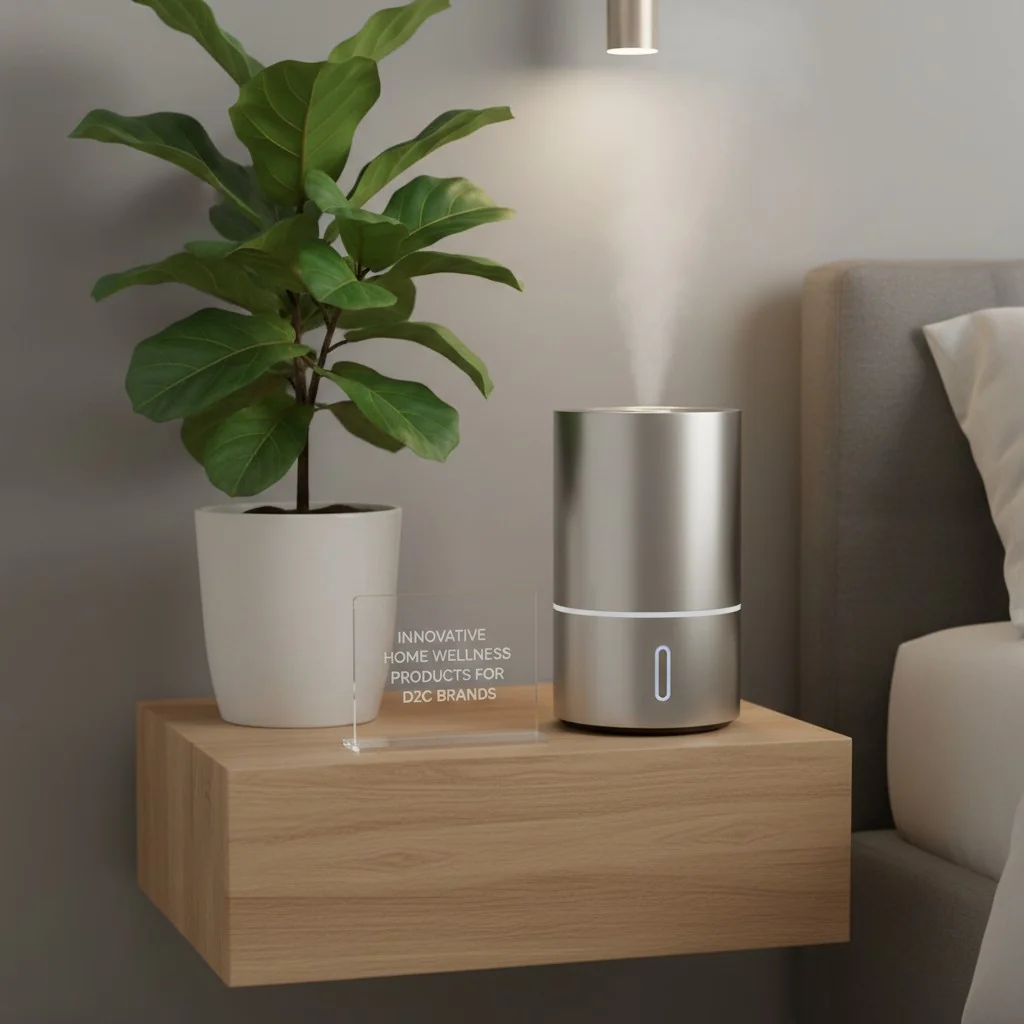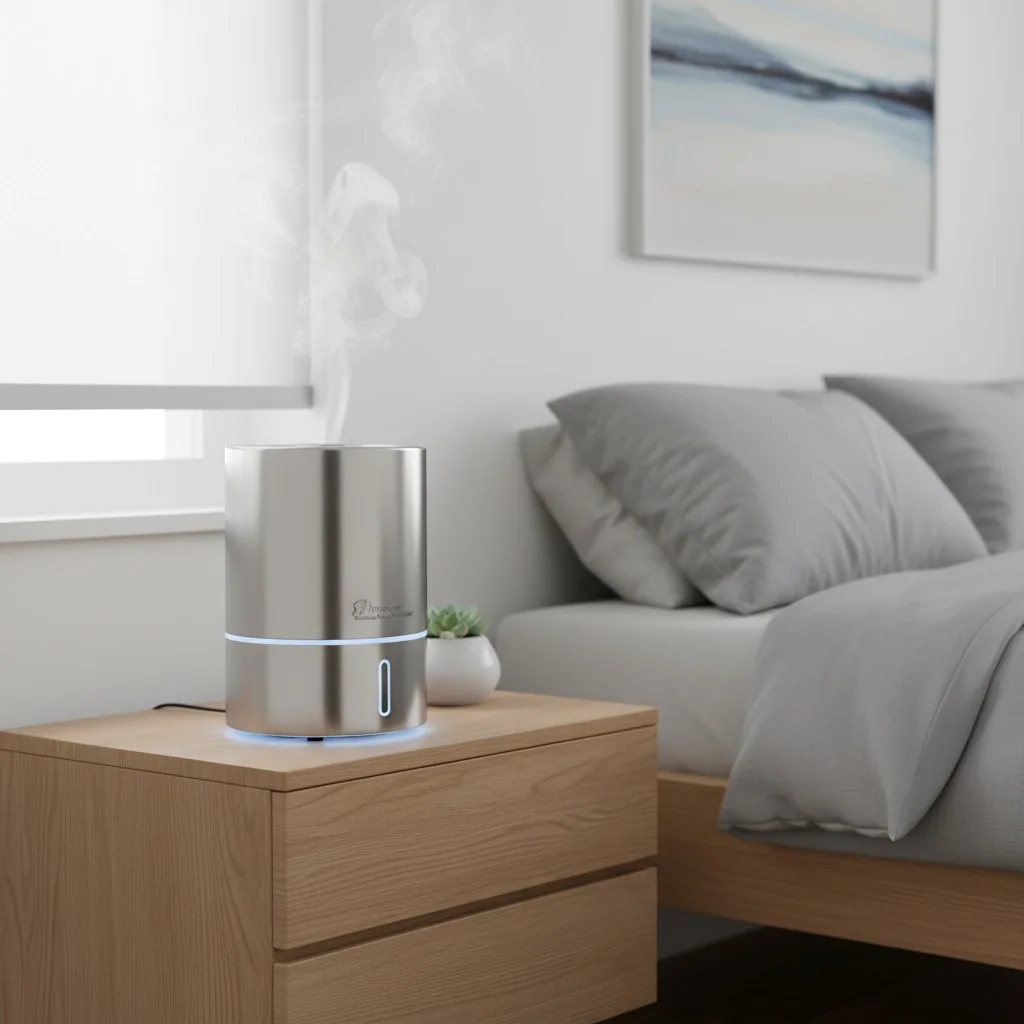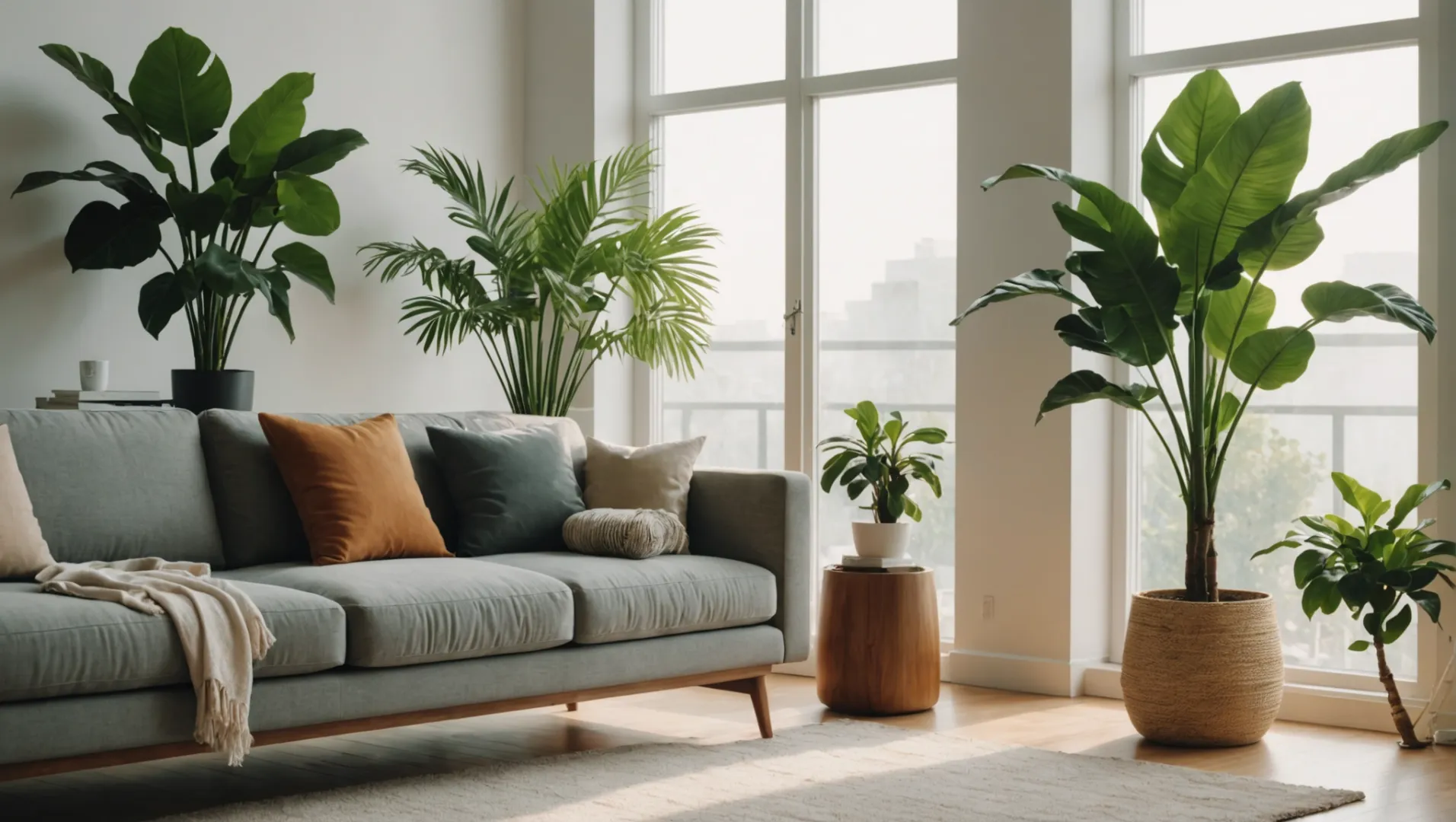
Está a considerar um purificador de ar para combater o pó em sua casa? Junte-se a mim enquanto desvendamos o mistério destes aparelhos e descobrimos se cumprem realmente a sua promessa de ar mais limpo!
Purificadores de ar, especialmente o True HEPA são altamente eficazes na redução do pó, capturando 99,97% de partículas tão pequenas como 0,3 microns. Isto torna-os uma excelente escolha para melhorar a qualidade do ar interior.
Embora a eficácia dos purificadores de ar seja promissora, é crucial compreender as nuances dos diferentes modelos e tecnologias. Nesta publicação do blogue, vamos explorar o funcionamento destes dispositivos, os seus benefícios e o que deve considerar antes de efetuar uma compra.
Os verdadeiros filtros HEPA captam 99,97% de partículas de 0,3 mícron.Verdadeiro
Os verdadeiros filtros HEPA são concebidos para reter partículas tão pequenas como 0,3 mícrones com elevada eficiência.
O que torna verdadeiro HEPA Os filtros são tão eficazes?
Verdadeiro HEPA são conhecidos pela sua capacidade de capturar uns notáveis 99,97% de partículas transportadas pelo ar tão pequenas como 0,3 microns, mas o que contribui exatamente para esta eficiência?
Verdadeiro HEPA são eficazes devido à sua construção em fibra densa e à sua capacidade de reter partículas minúsculas como o pó, o pólen e o fumo. Testados por laboratórios de terceiros, garantem uma eficiência de filtragem de 99,97% para partículas de 0,3 mícrones ou maiores, salvaguardando a saúde ao melhorar significativamente a qualidade do ar.
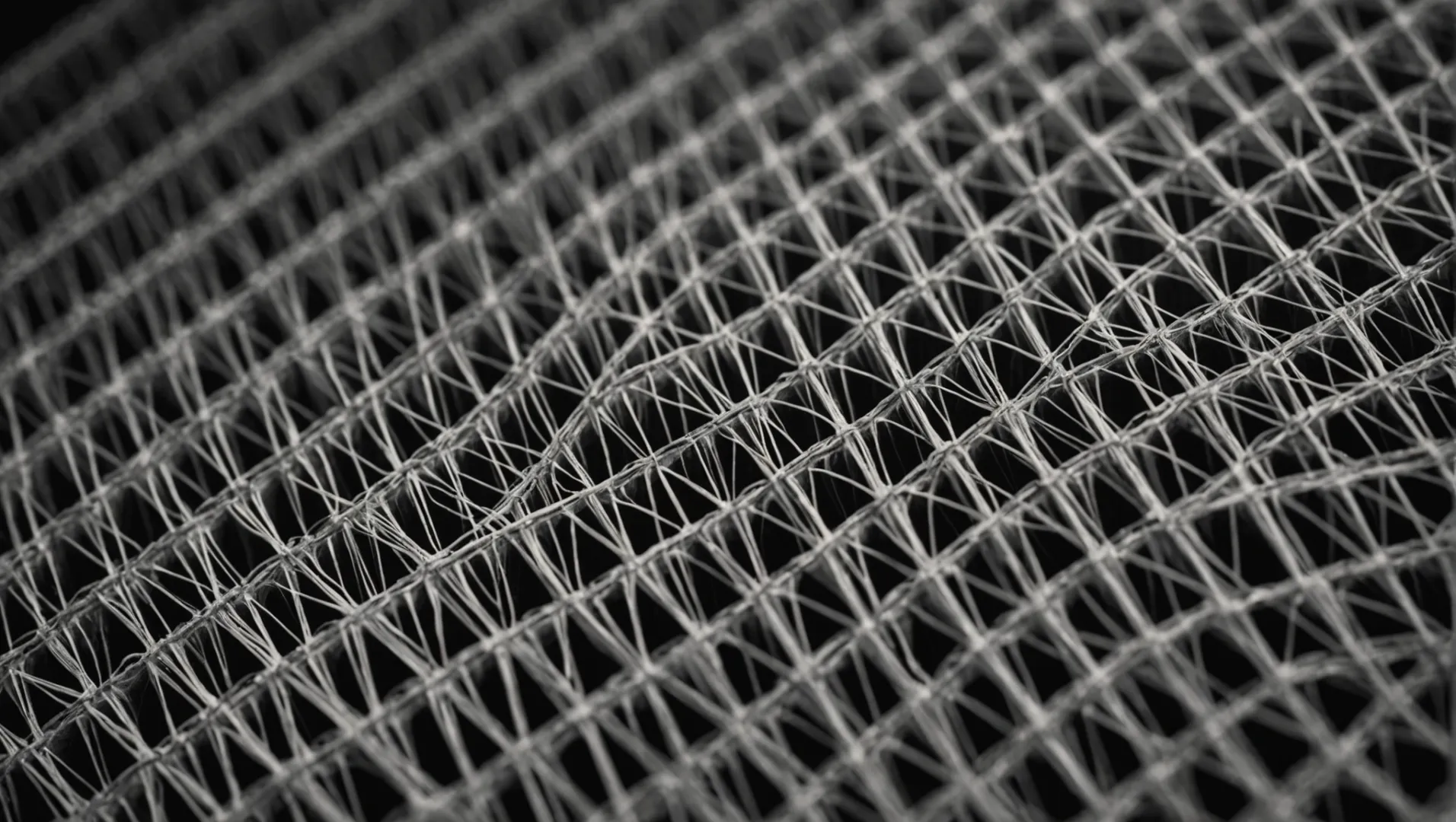
Compreender o mecanismo subjacente ao verdadeiro HEPA Filtros
A chave para a eficiência do Verdadeiro HEPA filtros1 reside na sua conceção complexa. Estes filtros são construídos com camadas de fibras densamente compactadas que criam um tapete concebido para reter partículas através da difusão, interceção e impactação.
- Difusão: As partículas minúsculas colidem com as moléculas de gás e ficam presas nas fibras devido aos seus movimentos erráticos.
- Interceção: O fluxo de ar transporta as partículas para perto de uma fibra, permitindo-lhes aderir a ela.
- Impactação: As partículas maiores que viajam em linha reta colidem diretamente com as fibras e ficam presas.
Esta abordagem multifacetada permite à True HEPA para captar partículas minúsculas, como pó, pólen, esporos de bolor e até fumo.
Aplicações e benefícios no mundo real
Em ambientes propensos a incêndios florestais2, como partes dos EUA, Verdadeiro HEPA desempenham um papel crucial. Podem remover eficazmente as partículas de fumo do ar, que são normalmente mais pequenas do que 1 mícron. Ao fechar as janelas e utilizar um filtro de ar de alto desempenho True HEPA se o purificador de ar estiver no modo turbo durante pelo menos uma hora, pode conseguir uma troca de ar significativa, melhorando a qualidade do ar interior.
| Caraterísticas | Verdadeiro HEPA Eficácia do filtro |
|---|---|
| Remoção do tamanho das partículas | Captura 0,3 mícrones e mais |
| Eficiência de filtragem | 99.97% |
| Utilizações comuns | Alergias, redução do fumo e do pó |
| Benefícios para a saúde | Reduz o risco de problemas respiratórios |
Comparação com outras tecnologias
Embora existam tecnologias como a luz UV e os ionizadores, não têm a mesma eficácia que o True HEPA Os filtros de luz UV são mais eficazes na captura de partículas. A luz UV está mais focada em matar bactérias e vírus, enquanto os ionizadores funcionam carregando eletricamente as partículas. No entanto, estas tecnologias podem não capturar eficazmente todos os contaminantes transportados pelo ar.
Para as pessoas que sofrem de alergias ao pó ou que vivem em zonas com má qualidade do ar, um verdadeiro HEPA O purificador de ar é frequentemente recomendado em relação a outras opções devido à sua superioridade remoção de poeiras3 capacidades.
Os verdadeiros filtros HEPA captam 99,97% de partículas de 0,3 mícrons.Verdadeiro
Os verdadeiros filtros HEPA são testados para garantir que capturam 99,97% de partículas.
A luz UV é mais eficaz do que os filtros HEPA para a remoção de poeiras.Falso
Os filtros HEPA são mais eficazes na captura de partículas de pó do que a luz UV.
Os purificadores de ar podem ajudar com alergias e problemas respiratórios?
Está a debater-se com alergias ou problemas respiratórios em casa? Descubra se os purificadores de ar podem ser a sua solução para respirar melhor.
Purificadores de ar, especialmente aqueles com True HEPA aliviam significativamente as alergias e os problemas respiratórios, capturando alergénios e poluentes tão pequenos como 0,3 mícrones.
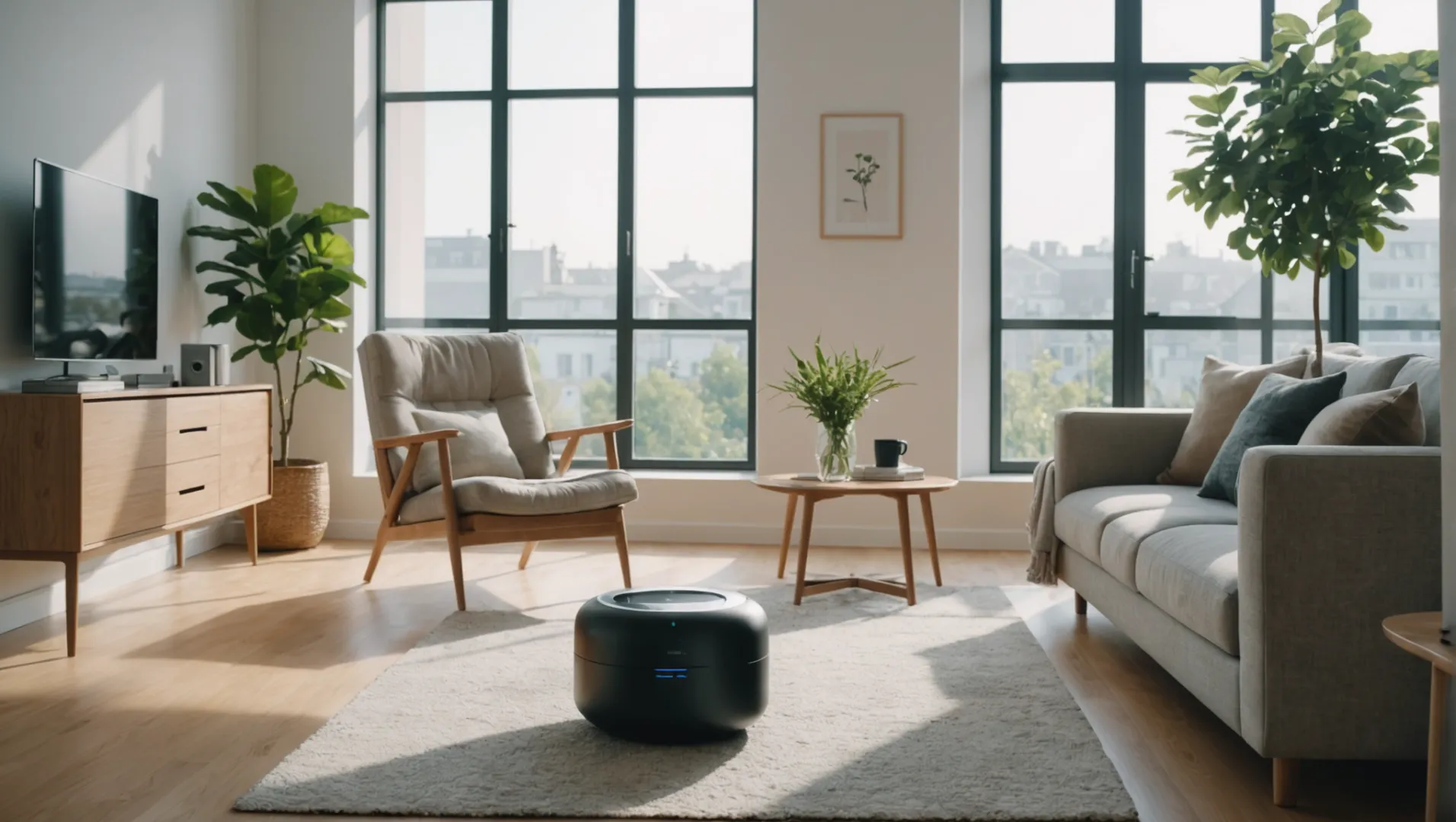
Compreender os alergénios transportados pelo ar e o seu impacto
Alergénios como os ácaros do pó, pólen, pelo de animais domésticos e esporos de bolor são poluentes comuns do ar interior que desencadeiam alergias e problemas respiratórios. Estas partículas podem causar sintomas como espirros, congestão, tosse e até ataques de asma. Purificadores de ar com Verdadeiro HEPA filtros4 são concebidos para capturar estes pequenos irritantes, reduzindo a sua presença no seu espaço de vida.
Como é verdade HEPA Trabalho dos filtros
Verdadeiro HEPA são altamente eficientes na captura de partículas transportadas pelo ar. Podem capturar até 99,97% de partículas tão pequenas como 0,3 microns, o que os torna particularmente eficazes para quem sofre de alergias. Quando utilizados corretamente, podem reduzir significativamente a concentração de alergénios no ar, minimizando assim os sintomas de alergia.
Benefícios dos purificadores de ar para a saúde respiratória
Para indivíduos que sofrem de doenças respiratórias, como asma ou doença pulmonar obstrutiva crónica (DPOC), é crucial manter o ar limpo. Ao remover os poluentes nocivos, os purificadores de ar podem evitar a exacerbação destas condições. Durante eventos como épocas de incêndios florestais5Quando o fumo e outros poluentes aumentam drasticamente, um purificador de ar pode tornar-se uma ferramenta vital para proteger a saúde respiratória.
Tecnologias adicionais em purificadores de ar
Enquanto verdadeiro HEPA é o padrão de ouro, alguns purificadores de ar incorporam tecnologias adicionais como filtros de carvão ativado, luz UV ou ionizadores para melhorar ainda mais a qualidade do ar. Estas caraterísticas podem ajudar a neutralizar odores ou a matar bactérias e vírus, oferecendo uma solução mais abrangente para quem sofre de alergias graves ou problemas respiratórios.
Conselhos para uma utilização óptima
Para maximizar os benefícios de um purificador de ar, considere as seguintes sugestões:
- Colocação: Coloque o purificador nas zonas onde passa mais tempo, como os quartos ou as salas de estar.
- Manutenção regular: Limpe ou substitua os filtros de acordo com as instruções do fabricante para garantir a eficiência.
- Tamanho do quarto: Escolha um modelo que corresponda ao tamanho da sua sala para um desempenho ótimo.
Ao compreender como funcionam os diferentes tipos de purificadores de ar e os seus benefícios específicos, pode tomar uma decisão informada que melhor se adapte às suas necessidades e melhore a qualidade do ar interior.
Os verdadeiros filtros HEPA captam 99,97% de partículas.Verdadeiro
Os verdadeiros filtros HEPA são concebidos para reter partículas tão pequenas como 0,3 microns.
Os purificadores de ar eliminam todos os alergénios interiores.Falso
Embora eficazes, os purificadores de ar não conseguem eliminar 100% de todos os alergénios.
Qual o desempenho dos purificadores de ar durante as épocas de incêndios florestais?
Os incêndios florestais libertam uma mistura perigosa de fumo e partículas finas. Os purificadores de ar podem oferecer alívio nessas alturas?
Purificadores de ar com True HEPA são eficazes durante as épocas de incêndios florestais, capturando as partículas de fumo e melhorando significativamente a qualidade do ar interior. Ao colocá-los em funcionamento contínuo nas zonas afectadas, ajudam a reduzir a exposição a poluentes nocivos.
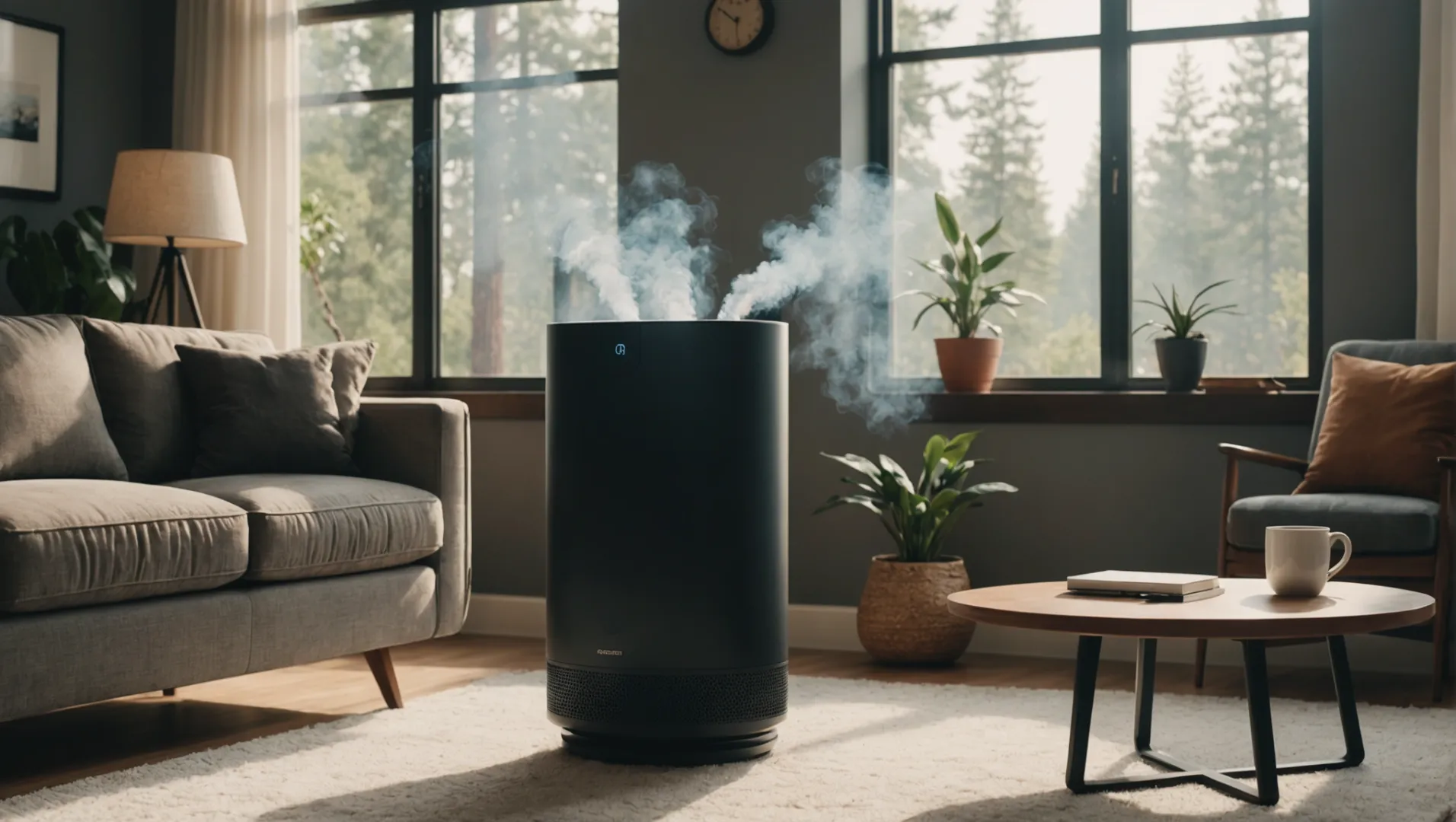
Compreender o impacto do fumo dos incêndios florestais
Os incêndios florestais produzem um cocktail de substâncias nocivas, incluindo partículas finas (PM2.5), monóxido de carbono e compostos orgânicos voláteis (COV). Estes poluentes podem penetrar profundamente nos pulmões e agravar as condições respiratórias. Durante tais eventos, a qualidade do ar no exterior deteriora-se, afectando mesmo os ambientes interiores.
Papel do verdadeiro HEPA Filtros
Verdadeiro HEPA certificados para captar 99,97% de partículas tão pequenas como 0,3 mícrones, são ideais para lidar com o fumo dos incêndios florestais. Capturam eficazmente as partículas minúsculas que compõem o fumo, melhorando significativamente a qualidade do ar interior. Para além do fumo, estes filtros também removem o pó e os alergénios.
Otimizar a utilização do purificador de ar durante os incêndios florestais
- Colocação: Coloque o purificador de ar nas divisões onde passa a maior parte do seu tempo.
- Modo: Utilize o modo turbo ou de alto desempenho para uma limpeza rápida do ar.
- Duração: Ponha o purificador a funcionar continuamente, especialmente quando os índices de qualidade do ar revelam níveis de poluição elevados.
- Vedação: Mantenha as janelas e as portas fechadas para evitar que o fumo do exterior se infiltre na sua casa.
| Modo | Taxa de troca de ar | Utilização recomendada |
|---|---|---|
| Turbo | 5-6 vezes/hora | Durante os períodos de maior poluição |
| Normal | 3-4 vezes/hora | Utilização regular para manter a qualidade do ar |
Limitações e considerações adicionais
Enquanto verdadeiro HEPA Os filtros de carvão ativado são altamente eficazes, mas é importante notar que não removem gases como o monóxido de carbono. Para uma proteção completa, considere os modelos que incluem filtros de carvão ativado para absorver odores e gases poluentes. Além disso, a manutenção regular dos filtros é crucial para garantir um desempenho ótimo.
Eficácia do verdadeiro HEPA em Filtragem de fumos6: Aprofunde-se na razão pela qual estes filtros são preferidos durante as épocas de incêndios florestais.
Tecnologias alternativas para a purificação do ar7: Explorar outras tecnologias como a luz UV e os ionizadores e a sua eficácia contra o fumo e o pó.
Manter-se informado sobre índices locais de qualidade do ar8 pode ajudá-lo a decidir quando ativar o seu purificador de ar e a ajustar as definições para obter o máximo benefício.
Os verdadeiros filtros HEPA removem 99,97% das partículas de fumo.Verdadeiro
Os verdadeiros filtros HEPA captam partículas tão pequenas como 0,3 microns, incluindo o fumo.
Os purificadores de ar podem eliminar o monóxido de carbono do fumo dos incêndios florestais.Falso
Os filtros HEPA não removem os gases; são necessários filtros de carvão ativado.
Existem alternativas para HEPA Purificadores de ar para controlo de poeiras?
HEPA os purificadores de ar são famosos pelo controlo do pó, mas existem outras opções viáveis disponíveis?
Alternativas a HEPA Os purificadores de ar incluem purificadores de ar electrostáticos, filtros de carvão ativado e ionizadores. Embora estes possam ajudar a reduzir o pó, a sua eficácia varia em comparação com os filtros de carbono ativado. HEPA modelos.

Explorar os purificadores de ar electrostáticos
Os purificadores de ar electrostáticos utilizam placas eletricamente carregadas para capturar as partículas de pó. Estes dispositivos podem ser eficazes para as partículas maiores, mas podem não capturar as partículas mais pequenas de forma tão eficaz como os filtros de ar verdadeiros. HEPA filtros. A manutenção destes sistemas implica a limpeza frequente das placas para garantir um desempenho ótimo.
Filtros de carvão ativado
Os filtros de carvão ativado são conhecidos principalmente pela remoção de odores e gases e não de partículas sólidas de pó. No entanto, são frequentemente utilizados em conjunto com outros sistemas de filtragem para melhorar a qualidade geral do ar. Podem ser uma escolha suplementar juntamente com outros métodos, mas podem não ser suficientes para uma remoção significativa de poeiras por si só.
Ionizadores: Prós e contras
Os ionizadores libertam iões carregados no ar, que se ligam às partículas de pó, tornando-as suficientemente pesadas para caírem no chão. Embora este método possa reduzir o pó transportado pelo ar, não remove totalmente as partículas do ambiente. Alguns ionizadores também podem produzir ozono, o que pode ser uma preocupação para a qualidade do ar interior.
Comparação de alternativas
| Método | Eficácia sobre o pó | Benefícios adicionais |
|---|---|---|
| HEPA Purificadores de ar | Elevado | Eficaz contra pequenas partículas |
| Purificadores de ar electrostáticos | Moderado | Pode ser rentável com uma limpeza regular |
| Filtros de carvão ativado | Baixa | Excelente para a remoção de odores |
| Ionizadores | Variável | Pode ajudar a reduzir as poeiras, mas pode produzir ozono |
Ao considerar alternativas para Verdadeiro HEPA purificadores de ar9Para obter mais informações sobre a qualidade do ar interior, é essencial avaliar as suas necessidades específicas, como a dimensão do espaço e quaisquer preocupações adicionais, como odores ou vapores químicos. A combinação de vários métodos pode oferecer uma solução abrangente para melhorar a qualidade do ar interior.
Os purificadores de ar electrostáticos captam partículas mais pequenas do que os HEPA.Falso
Os aparelhos de limpeza electrostáticos são menos eficazes em partículas mais pequenas do que os aparelhos HEPA.
Os ionizadores podem produzir ozono, afectando a qualidade do ar interior.Verdadeiro
Alguns ionizadores libertam ozono, o que pode afetar a qualidade do ar.
Conclusão
Na minha jornada para um ar mais limpo, descobri que a Verdadeira HEPA são uma solução poderosa para reduzir o pó e melhorar a qualidade do ar interior. Faça uma escolha sensata com base no seu ambiente e nas suas necessidades específicas.
-
Explore as informações pormenorizadas sobre o funcionamento dos filtros True HEPA..: Um filtro de partículas de ar de elevada eficiência (HEPA) pode remover 99,97% - 99,99% de partículas transportadas pelo ar que sejam iguais, mais pequenas ou maiores do que 0,3 mícrones. ↩
-
Saiba como os filtros HEPA tratam eficazmente as partículas de fumo..: E é verdade - os filtros de ar HEPA são excecionalmente bons na remoção de partículas desse tamanho do ar. ↩
-
Encontre os purificadores de ar com melhor classificação, concebidos especificamente para o controlo do pó..: Testámos mais de 60 purificadores de ar nos últimos nove anos, e o excecional Coway Airmega AP-1512HH Mighty é a nossa melhor escolha entre eles. ↩
-
Saiba mais sobre a eficiência e a função dos filtros True HEPA..: Um filtro de partículas de ar de elevada eficiência (HEPA) pode remover 99,97% - 99,99% de partículas transportadas pelo ar que sejam iguais, mais pequenas ou maiores do que 0,3 microns de tamanho. ↩
-
Compreender o desempenho dos purificadores de ar no meio do aumento do fumo e dos poluentes..: Os purificadores de ar ambiente podem ajudar a remover partículas finas do ar em sua casa durante um evento de fumo de incêndio florestal. ↩
-
Compreender por que razão os filtros True HEPA são excelentes na captura de partículas de fumo..: E os filtros de ar HEPA verdadeiros são excecionalmente bons na remoção de partículas desse tamanho do ar. As nossas melhores escolhas, o Coway AP-1512HH e quase ... ↩
-
Saiba mais sobre outras tecnologias de purificação do ar e sua eficácia..: Exemplos de purificação proactiva incluem geradores de iões, oxidação fotocatalítica e a tecnologia proprietária da ActivePure. ↩
-
Aceder a dados em tempo real para monitorizar as condições locais da qualidade do ar..: O Mapa de Fumo e Incêndio AirNow inclui dados de crowdsourcing de milhares de sensores de qualidade do ar, para além de dados de milhares de monitores PM2.5 permanentes ... ↩
-
Saiba mais sobre a eficiência e as capacidades dos filtros True HEPA..: Os filtros True HEPA duram mais tempo e podem funcionar 24 horas por dia, 365 dias por ano. Pode eliminar eficazmente o pó, os pêlos de animais, o pólen, o bolor, as bactérias, ... ↩


